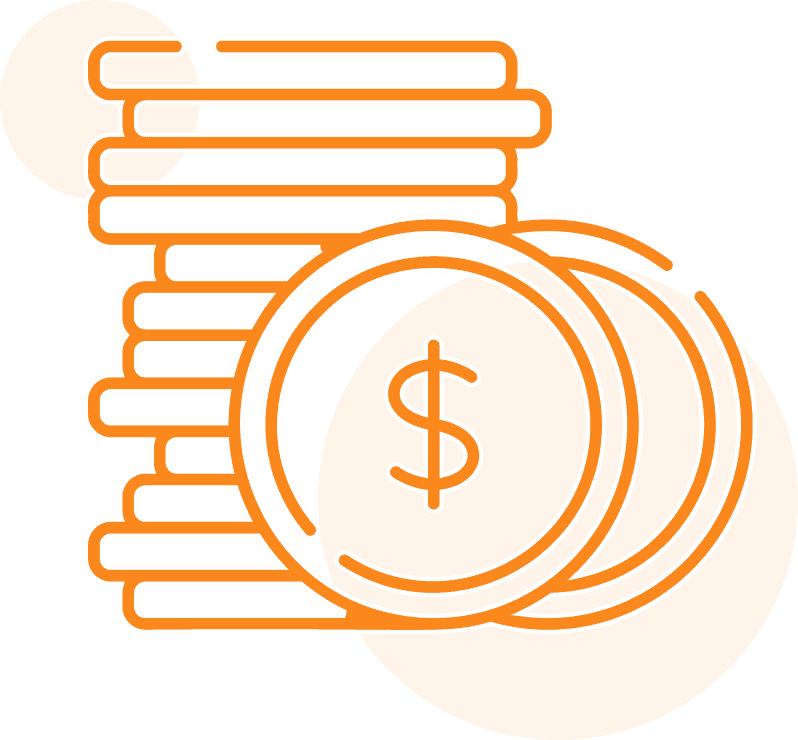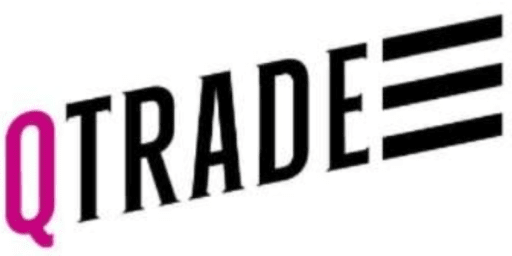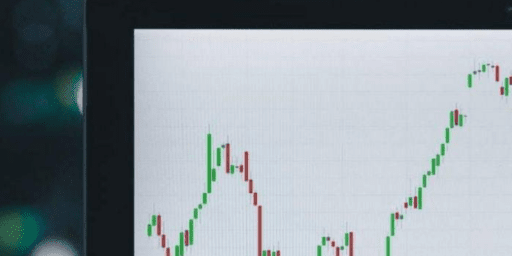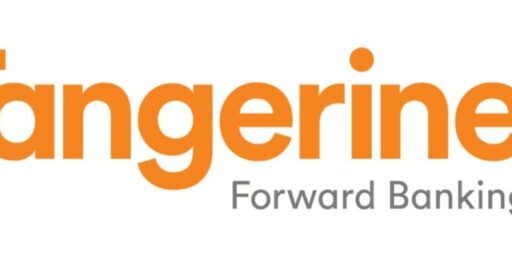Buying Fractional Shares in Canada
Buying fractional shares is an excellent way to get exposure to Canadian All-Stars like Constellation Software without having to toss down more than $4,000 just to buy a single unit of stock!
Even if you could afford that single share of CSU, tying up that much of your portfolio in one stock probably isn’t the smartest way to build long-term wealth.
That’s where fractional shares (sometimes called fractional stocks or partial shares) come in. They allow you to buy a piece of a share – even if you can’t afford the whole thing. Instead of measuring your investment in “shares,” you can invest dollar amounts – $50, or $500 – and get the exact percentage of ownership that corresponds to the price at the time of purchase.
Fractional investing isn’t brand-new, but in Canada it’s finally starting to gain some real traction in 2025. Several Canadian brokerages now offer the ability to purchase partial shares.

Best 2025 Canadian Big Bank Brokerage Offer:
1.00% Cash Back
New and existing accounts with TD Direct Investing & get 1% cash back on cumulative eligible transfers. Use Cashback2025 promo code.
The best big bank broker now offering a fantastic cash back reward - Get it by clicking the button below:
* Applies to both New and Existing clients ** Offer is valid until July 31, 2025. *** TD Direct Investing review - more details.
What is Fractional Share Investing?
Fractional shares refer to the ability to buy and sell a piece of a stock that is correlated to a specific dollar amount. You can also purchase and sell fractional ETFs, but those would technically be referred to as fractional units as opposed to fractional stocks or fractional shares.
Instead of needing the full price to buy one whole share of a company (say $2,000 for a full share of Fairfax Financial), you can invest any dollar amount and receive the exact fraction of a share that amount gets you. If you invest $200 into FFX – which is trading at $2,000 per share – you now own 10% of a share.
This might sound kind of inconsequential, but it’s a game-changer for investors who:
- Are just getting started and don’t have thousands to invest all at once
- Want to build a diversified portfolio across many different companies
- Prefer to invest small, consistent amounts through automated contributions
- Don’t want a giant chunk of their portfolio tied up in one stock
At a functional level, a fractional share gives you the same ownership rights as a full share – just proportionally smaller. That means:
- You’re still entitled to dividends (they’ll just be split based on your fraction)
- Your share still grows in value if the company’s stock price goes up
- You’ll still pay capital gains tax if you sell for a profit (yes, even on small amounts)
Are Fractional Shares Worth It?
If you’re investing with a smaller account balance getting started with a few hundred bucks, fractional shares can be quite useful. I should note that fractional shares are really only worth it for active investors, as passive investors are much more likely to use something like an all in one ETF – which is priced at a fairly small per-unit cost.
But, as a relatively small scale active investor, the biggest win here is diversification.
Let’s say you’re working with $1,000. Before fractional investing came along, your only real option was to buy a few whole shares of whatever stock fit within your budget. That might’ve meant a lopsided portfolio with two bank stocks and maybe one Canadian energy company. The alternative was to wait several months – in which time share prices are statistically likely to have climbed, and you will have lost out on some compounding investment returns.
Now? You can spread that same $1,000 across dozens of companies. Want a little bit of Apple, Shopify, and a Canadian dividend stock like Canadian Utilities? No problem. Fractional investing means you’re no longer limited to the “cheap stuff.” This diversity will greatly reduce risk, as you aren’t so heavily concentrated in a single stock.
Fractional shares are tailor-made for new investors, as you can get started with as little as $50 and it works pretty well with automated investing. You can set up a bi-weekly deposit and immediately put that money to work for you with fractional shares.
It can also remove the key psychological barrier of intimidation. When someone hears that one share of a tech giant costs $4,000, it can feel like investing isn’t for them. But when you realize you can buy $50-worth of that company with a couple clicks, it shifts your mindset.
Best Brokerages for Investing In Fractional Shares
While Canada hasn’t embraced fractional shares quite as quickly or broadly as the U.S., we are starting to see real momentum. As of spring 2025, there are a few Canadian online brokers currently offering fractional share investing.
I think all of the leading brokerages will probably jump on board pretty quick, but for now, the easiest fractional investing platform to use is TD Direct Investing. TD was the first of Canada’s big bank brokerages to introduce the ability to buy partial shares, and it has proven to be quite popular. You can check our full TD Direct Investing Review for more details.
Questrade and Wealthsimple also currently offer the ability to buy and sell fractional shares.
How to Buy and Sell Fractional Shares?
Fractional shares work just like whole shares – the only difference is that you’re buying a piece of a share, rather than a full one. The mechanics are basically the same.
Here’s how the process generally works across the major platforms in Canada:
1) Choose an online platform. Here’s a comparison of the best online brokerages in Canada (which we update monthly).
2) Fund your account. Transfer funds from your bank account into your investment account.
3) Decide how much to invest. Instead of choosing how many shares to buy, you decide how much money you want to invest. For example, you might say, “I want to invest $100 in Constellation Software,” and the platform will calculate how much of a share that gets you based on the current market price. (Currently a little over 2% of a share.)
4) Place a market order. Fractional shares are typically only available via market orders, not limit orders. That means you’ll be buying at the best available price in real time. Some platforms batch fractional share trades together and execute them all at once each day – so you may not get instant execution like you would with whole shares.
5) Selling is simply the reverse. When you want to sell, you simply choose the dollar amount or fraction of a share you’d like to sell. The sale is executed just like a regular trade, and your cash is deposited back into your account.
Cons or Drawbacks to Fractional Share Investing
While fractional shares have made investing more accessible for Canadians, especially those just starting out, there are a few drawbacks to keep in mind before jumping in.
1) Limited stock selection. Most Canadian platforms offering fractional shares keep the list fairly short and it’s usually just a handful of U.S. mega-cap stocks and a few ETFs. TD Direct Investing currently has by far the largest selection available for fractional shares.
2) No limit orders (only market orders). You won’t be setting a price target or using stop-loss strategies here. Nearly all platforms require market orders when buying or selling fractional shares. That means you’re getting the price that’s available at the time the trade executes — not necessarily the one you were hoping for. During volatile market days, this lack of control can make a noticeable difference.
3) No shareholder perks or voting rights. Fractional shareholders typically don’t get the full benefits of ownership. That means no voting rights at annual meetings and no access to shareholder perks (like discounts or promotional offers). If those matter to you, you’ll need to own at least one full share of the company.
4) Slightly more complex tax reporting. In taxable (non-registered) accounts, that are outside of a TFSA or RRSP tracking the adjusted cost base (ACB) of fractional shares can be a bit trickier – especially if you’re buying in small amounts over time or across multiple platforms. You’ll still get proper tax documentation from your broker, but if you’re manually tracking trades for capital gains purposes, things can get tedious.
Can I DRIP Fractional Shares?
One of the most common questions new investors ask is: Can I automatically reinvest dividends if I own fractional shares?
The answer: It depends – on both on the brokerage and the type of account you’re using.
A quick recap: A Dividend Reinvestment Plan (DRIP) automatically takes the dividends you earn from stocks or ETFs and uses them to buy more shares – typically with no commission and sometimes even at a discount. Our list of Canadian Dividend Stocks has several DRIP all-stars on it.
With traditional DRIPs, you need the dividend payout to be large enough to purchase at least one full share. So, if you’re holding a company that pays a $0.50 dividend, you own 50 shares, and its stock trades at $100, your dividend just sits as cash until you’d go through four dividend cycles and have $100 accumulate in your account.
Fractional DRIPs solve this problem by letting you reinvest into partial shares, making every dollar work for you sooner rather than later. TD Direct Investing is the only one to offer this feature on the biggest possible scale right now.
Q/A on Fractional Shares
Which Canadian Investors Should Use Fractional Shares?
Fractional shares aren’t a gimmick, they’re simply a way to make shares of all companies accessible to investors.
If you’re just starting out, fractional shares are an excellent way to build a diversified active investing portfolio. Instead of needing $4,500+ to buy a single share of CSU, you can put $50 or $100 to work instantly. No more waiting on the sidelines while prices climb.
If you’re a long-term investor who loves having your dividends reinvested ASAP – then the fractional stocks plus DRIP combination is hard to beat.
That said, it’s not like fractional shares are some sort of silver bullet. They will allow your portfolio to grow more efficiently without a tax drag, but if you care about things like shareholder voting rights or tax simplicity in a non-registered account, then the juice probably isn’t worth the squeeze.
I've Completed My Million Dollar Journey. Let Me Guide You Through Yours!
Sign up below to get a copy of our free eBook: Can I Retire Yet?











What are the commissions paid when purchasing fractional shares?